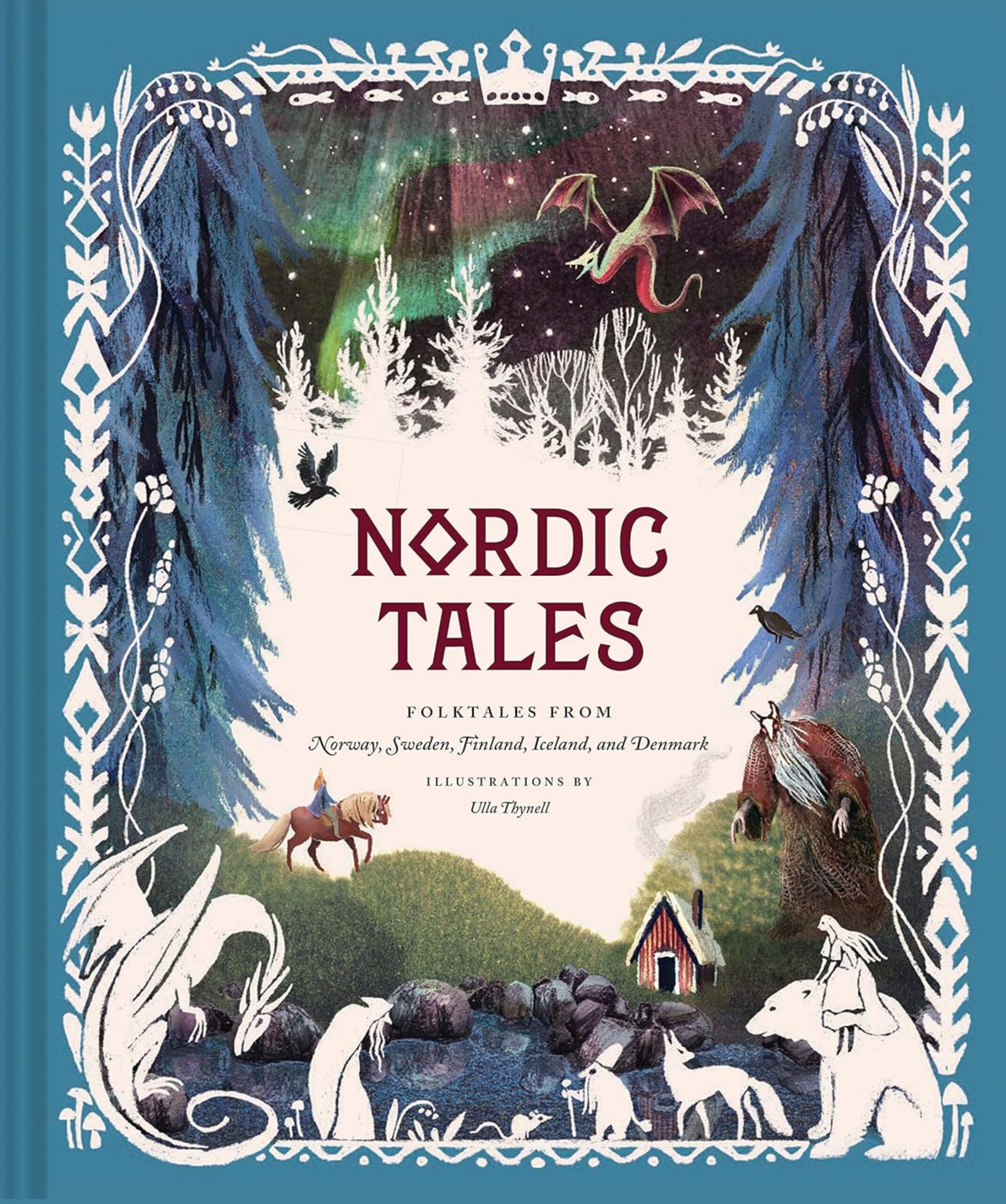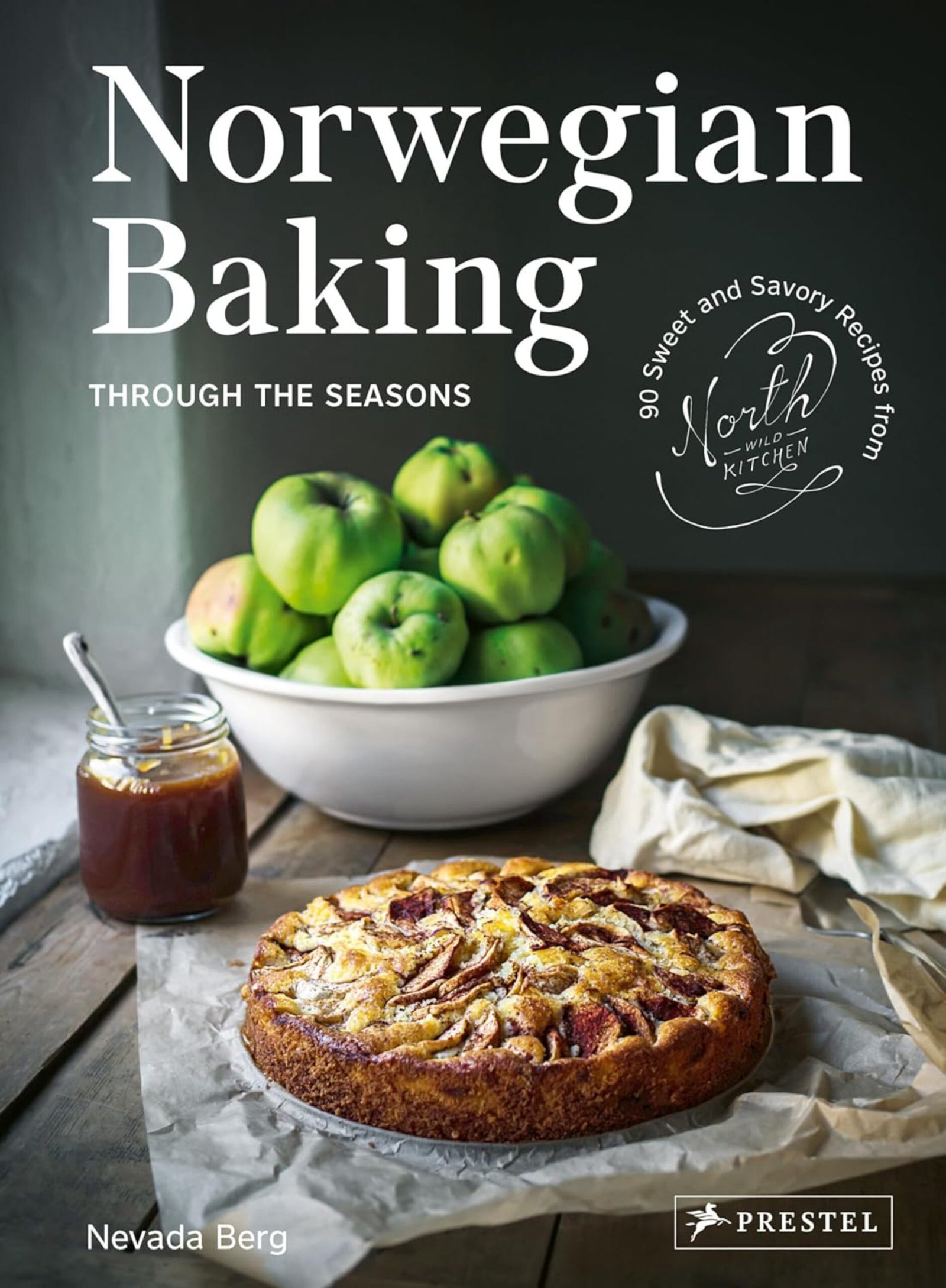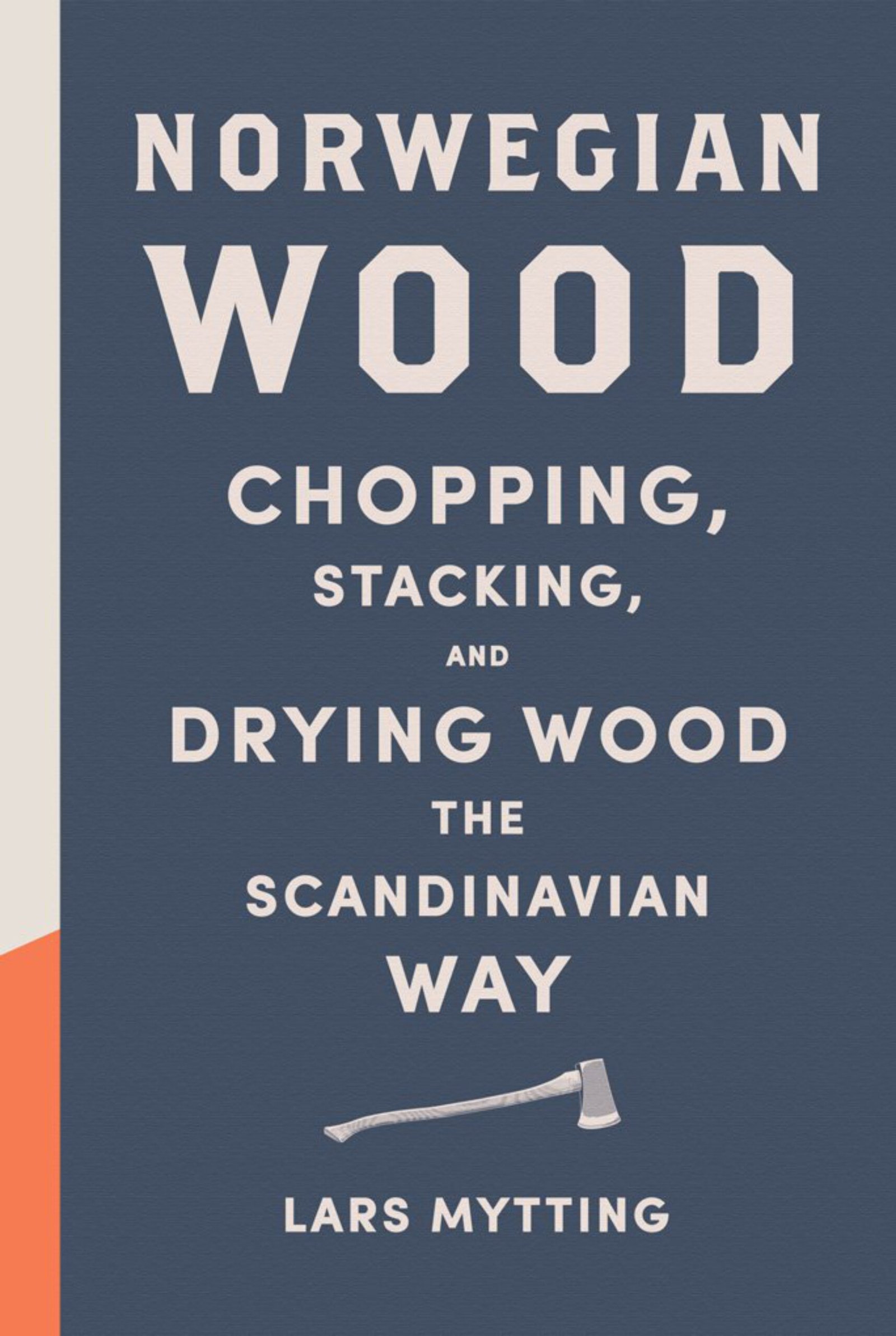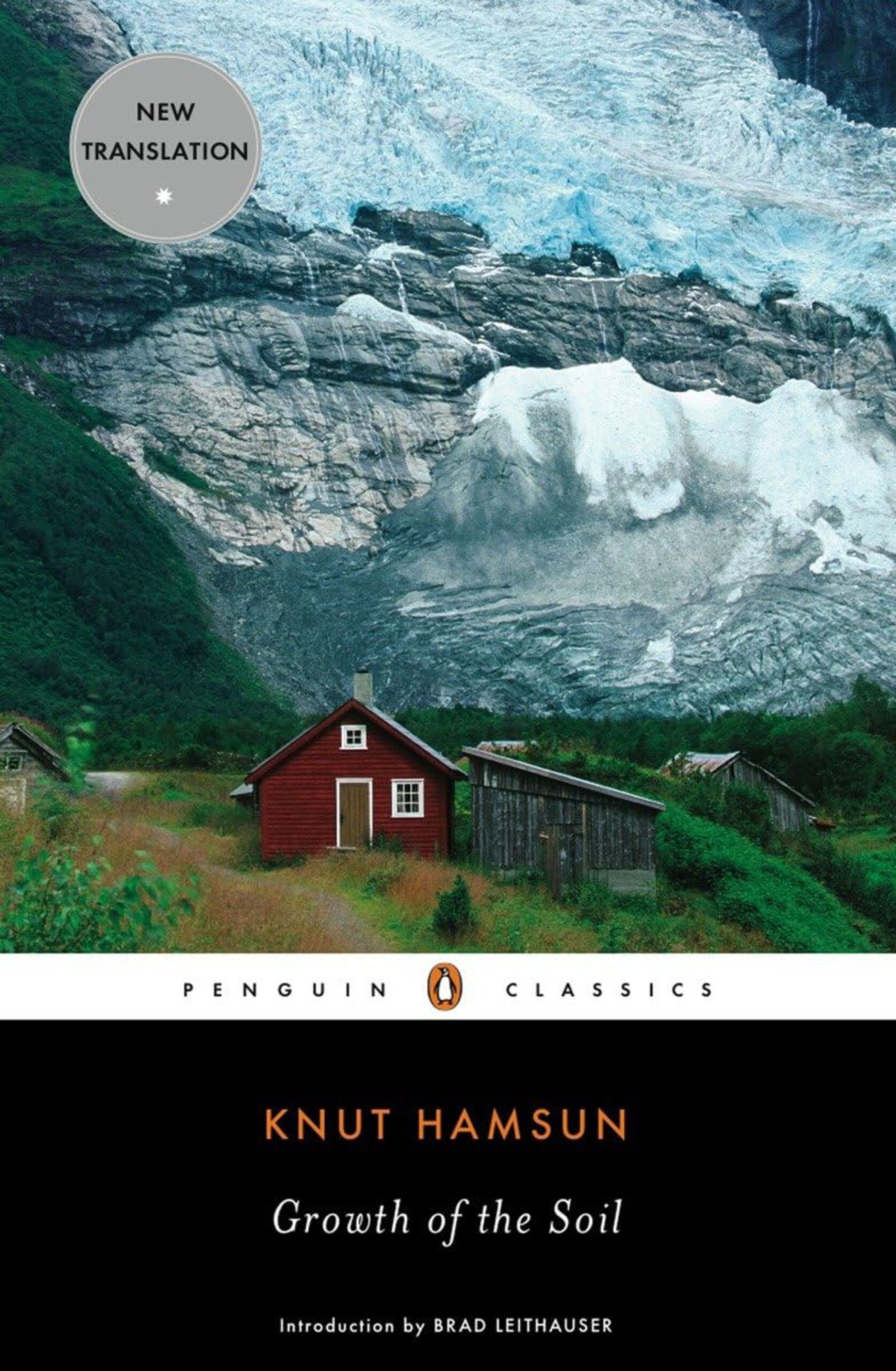A peculiar custom
Every summer in the early 1900s, when spending the summer months with his grandparents, a young Norwegian boy experienced a peculiar custom: his grandparents moved out of the regular family home – and into the cowshed.
The grandparents lived on a smallholding, in Norway’s forest-rich and south-eastern region of Østerdalen.
As soon as they had sent the farm animals off to the summer dairy farm in the mountains – setra, the grandparents scrubbed the animal sheds from top to bottom – and white-chalked the ceiling and the upper sections of the walls.
When the barn was as clean as it possibly could be, it was time to fill the empty stalls and pens with beds and a long wooden table with chairs and benches – all brought out from the main house.
This cowshed had a fireplace
In this particular cowshed, there was also a fireplace where they prepared the food. If they ever received guests during the summer, they welcomed them into the main house – but prepared the coffee in the shed.
After having established their seasonal abode in the cowshed, the boy’s grandparents also cleaned the main house from top to bottom; making it ready for late summer, when the livestock returned, and when the boy had to go back to his parents and to school.
Throughout summer, the boy ran high and low, all barefoot and happy; and no doubt helped his grandparents with the haymaking and other chores.
When reminiscing about his childhood as a grown man, the boy was quite particular about the reason for his grandparents’ behaviour: it was like going on holiday, a celebration of summer.
A custom stretching back to the Middle Ages
The Scandinavian custom of moving out of the main house during the summer months has its roots in the Middle Ages – or possibly beyond. Most people moved out into what the Norwegians call bryggerhus or sommerstue – the washhouse or cookhouse, or the summerhouse or summercottage.
Norwegian culture still carries remnants of this old way of life. Many modern-day Norwegians have cottages by the sea, or in the mountains and forests – a hytte.
Today, over 80% of the Norwegians live in towns and cities, but a sense of the old Norway still lingers in people’s minds, fuelled by childhood memories – and stories told to them by parents and grandparents.
Source: Christensen, Arne Lie. Den norske byggeskikken. Pax Forlag AS 1985. | EGP.00039





